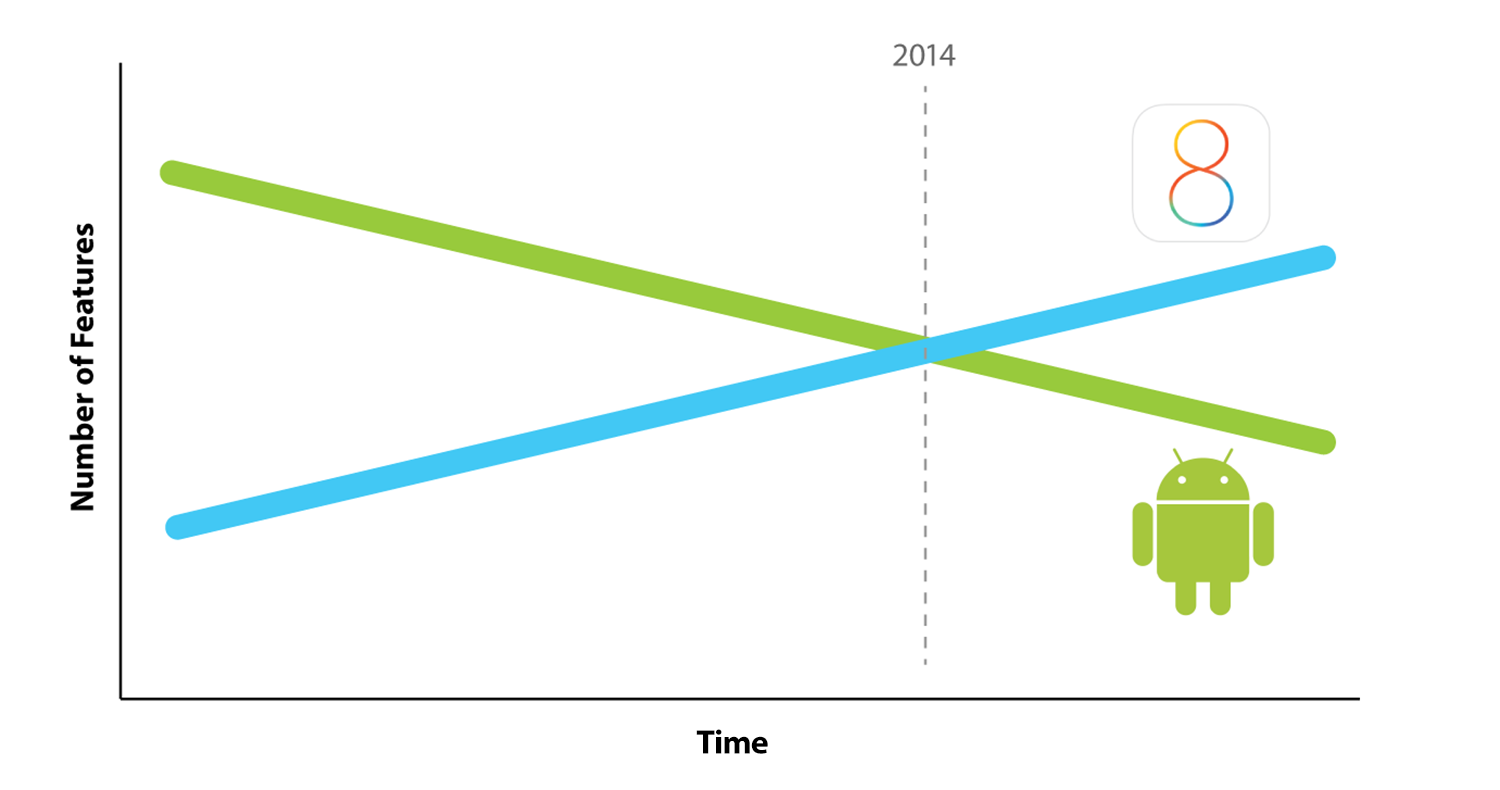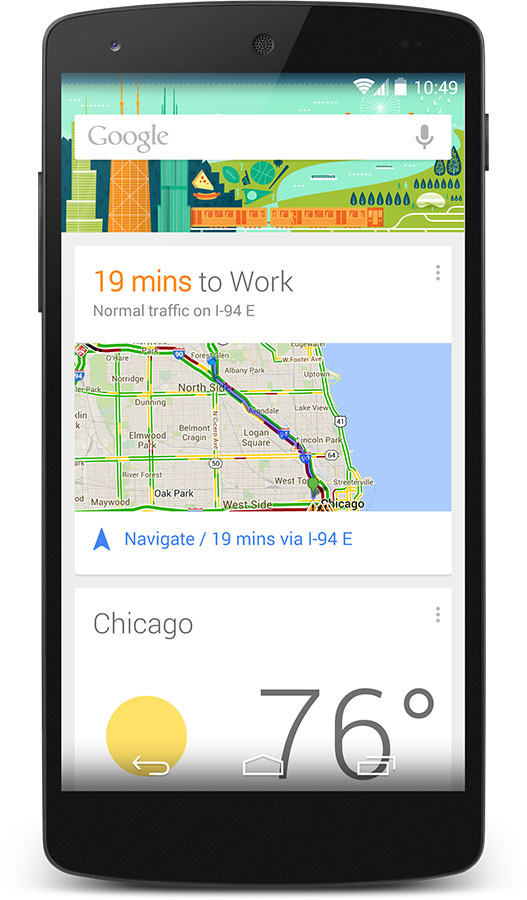A few weeks ago, a friend told me he was thinking about quitting his job.
He said it was because of communication breakdowns between him and his boss. Small moments of poor communication had snowballed into a deeper, gnawing frustration for my friend.
I asked if he’d mentioned these moments to his boss. Maybe his boss had no idea these were problems in the first place.
My friend acknowledged that this was most-likely true. But then he said this:
“Even if I did speak up, I don’t think anything would change.”
His words struck me. I had almost forgotten – I had felt the exact same way a few years ago.
Before I was CEO of Know Your Company, I was an employee at another company. Just like my friend, I was unhappy at work. But just like my friend, I didn’t tell my boss about it.
Why? Part of it was due to personality. I’m an introvert. I didn’t want to come across as a “know-it-all” to my boss. Another part of it was fear. I was worried that my boss would interpret my feedback as a personal attack.
But those weren’t the biggest reasons holding me back.
The biggest reason I didn’t give my boss feedback is I believed that even if I did speak up, nothing would change. I believed my boss wouldn’t do anything with my feedback. No action would be taken. And if nothing was going to change, what was the point of me saying anything?
My friend had felt the exact same way. This sense of futility is why we both didn’t speak up. We’re not the only ones to have felt like this.
Futility has been found to be 1.8 times more common than fear as a reason for employees not speaking up to their managers. According to a 2009 Cornell National Social Survey, more employees reported withholding their ideas due to a sense of futility (26%) than a fear of personal consequences (20%).
In other words, it’s not that we’re merely scared of giving feedback. It’s that we don’t think anything will come of the feedback when we voice it. Futility, more than fear, is why employees choose not to speak up to their bosses.
So how do you help your employees overcome this sense of futility?
If you’re a manager, business owner, or CEO, the most important thing you can do is act on the feedback your employees give you. After all, that’s why an employee is giving you feedback in the first place – they simply want action to be taken.
Now I’m not saying that you should blindly appease every request that an employee makes. But you have to start somewhere. If you want an open, transparent work environment, you can’t just talk about being open and transparent. You have to act in an open and transparent way.
Here are three small ways you can encourage your employees to speak up…
(1) Recognize the messenger. How do treat the people in your company who do choose to speak up? Amanda Lannert, the CEO of Jellyvision and a Know Your Company customer, told me that during an all-hands meeting, she publicly thanked an employee who spoke up and gave feedback. Even though she didn’t agree with the employee’s feedback, she wanted him to know his voice was heard and his feedback was not in vain.
(2) Explain why you’re not doing something. If you receive a piece of feedback that isn’t practical or doesn’t align with the company’s direction, tell your employees that. Expose your decision-making process. If you don’t, employees will wonder, “What ever happened to that idea I suggested?” They’ll assume that you’re not open to receiving new ideas, and they’ll hesitate to bring up feedback the next time around.
(3) Act on something small. Acting on feedback – no matter how small – is the most powerful way to encourage employees to speak up and to create a more positive company culture. For example, Dave Bellous, the co-CEO of Yellow Pencil, learned through Know Your Company that his company needed a new phone service. So he promptly changed their phone service, and saw an immediate shift in his team’s morale. This one unassuming change yielded huge results. All because he acted on something small quickly.
At the end of the day, acting on feedback is how we encourage our employees to give feedback more openly. If we focus on what we do more than what we say, more employees will see that speaking up is not futile.
When I think back to a few years ago when I was an unhappy employee, this action was all I needed to feel comfortable speaking up. And for my friend thinking about quitting his job, that’s all he needs too.












